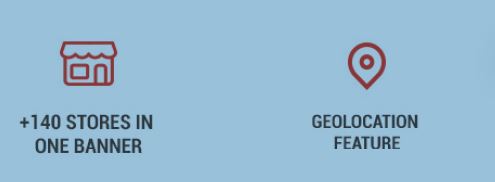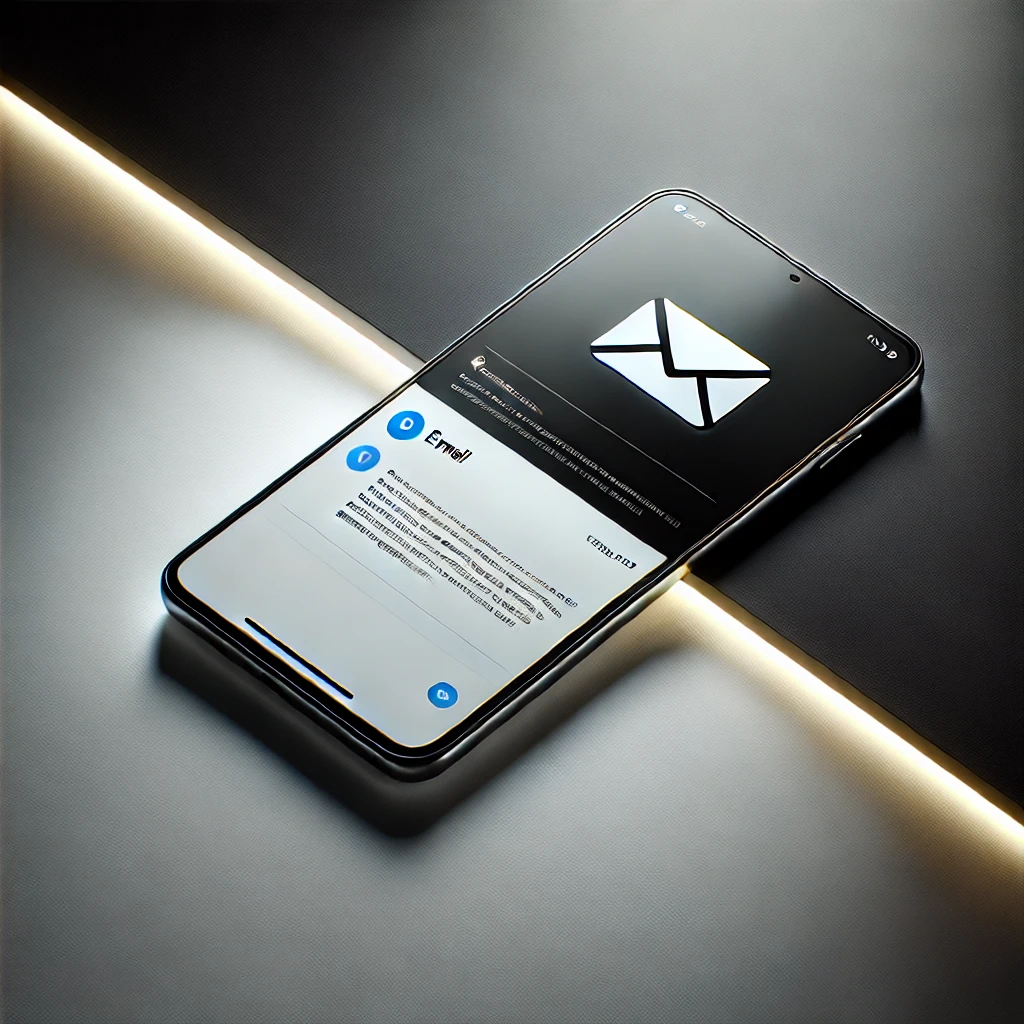Geolocating (or Geofencing) is the marketing practice of targeting people by where they live. It has emerged as a one of the latest tools to help marketers and brands better understand consumer behavior.
Digitaland – Digital creative agency says that As more people use their smartphones to find where products are sold, implementing a geo-targeting into HTML5 mobile banner is becoming more important than ever. After all, consumers are using GPS enabled smartphones and tablets for purchasing nearly everything—from a cup of coffee at the nearest coffee shop to a pair of running shoes at the local sporting goods store. But Geo technology is not just about a customer finding a store’s location—it is moving beyond that to embrace all the capabilities of mobile.
Beyond location-based applications
Geolocating also means that stores can take advantage of knowing customers are nearby. For example, a company can create “flash” sales by sending alerts to customers who have opted in with special prices and a tight deadline for purchasing. It’s a sure way to drive more traffic to a store. Inside the html5 mobile banner coupons can also be sent to customers within a certain range of a location or even in-store directly
HTML5 Validator
Another emerging trend has been labeled “Geo-conquesting.” It’s the practice of Geofencing a competitor’s location (or putting a perimeter around it) so that when a customer enters the competitor’s store, a coupon for better savings is immediately sent to their smartphone or device.
There are many possibilities for using Geolocation technology in business—but the key is to always offer a customer benefit (whether it’s convenience, price or both.)
Digitaland (Digital creative agency) helps consumers find nationwide brand stores.
One recent example, we helped our technology partner develop html5 mobile banner using Geolocating not only included a dynamic custom message the Geolocation feature allowed users on their smartphones to see the nearest store location from a database of more than 140 store locations.
The campaign helped drive traffic and sales and gave the brand -driven data that the brand can use in many areas of their marketing—including measuring campaigns and improving customer service.
Bottom line
Brands need to embrace Geolocation to reach customers in new ways and then use location-based data to improve business functions. It’s especially important in mobile marketing.




